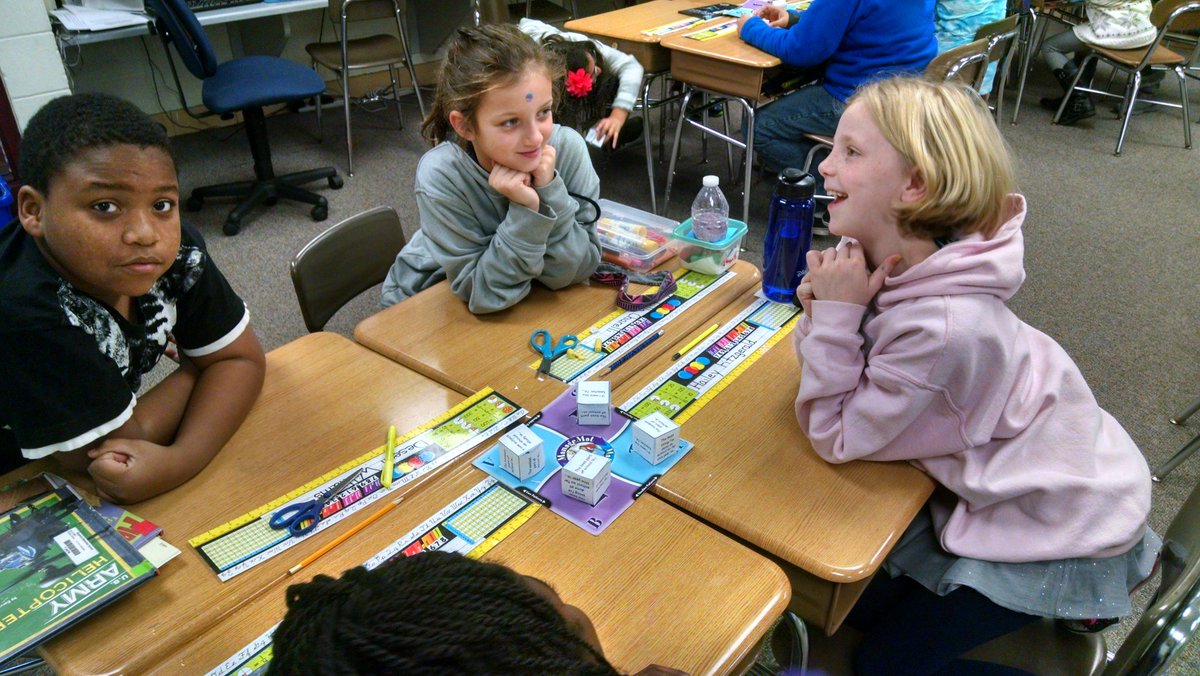- Intrinsic motivation is behavior that is driven by internal rewards.
- Examples in different classrooms at Goodrich : Genius Hour, Team Building, Class Building, Goal Setting



- Extrinsic motivation is behavior in order to earn external rewards.
- Examples in different classrooms at Goodrich: AR Board, Autographed Golfballs,
Both types of motivation are important in the growth of a student. In schools teachers use many different methods to motivate students both intrinsically and extrinsically. A lot of times we start with extrinsic motivation to help foster the intrinsic motivation. This motivation leads to the types of learners students become. Our end goal for all students it to become excited about learning and have the skills to be successful as they grow. The types lessons and motivational strategies teachers use help students develop the learner they chose to be. A study completed by Harvard in 2004 talks about three different types of learners. While the study focused on older students and teachers it can be relate to all levels.
- Deep learners respond well to the challenge of mastering a difficult and complex subject. These are intrinsically motivated students who are often a joy to teach!
- Strategic learners are motivated primarily by rewards. They react well to competition and the opportunity to best others. They often make good grades but won’t engage deeply with a subject unless there is a clear reward for doing so. They are sometimes called “bulimic learners,” learning as much as they need to do well on a test or exam and then promptly forgetting the material once the assessment is over.Handle strategic learners by avoiding appeals to competition. Appeal to their intrinsic interest in the subject at hand. Design your assignments (tests, papers, projects, etc.) so that deep engagement with the subject is necessary for success on the assignments. Do so by requiring students to apply, synthesize, or evaluate material instead of merely comprehending or memorizing material.
- Surface learners are often motivated by a desire to avoid failure. They typically avoid deep learning because it they see it as inherently risky behavior. They will often do what it takes to pass an exam or course, but they won’t choose to go beyond the minimum required for fear of failure.Handle surface learners by helping them gain confidence in their abilities to learn and perform. “Scaffold” course material and assignments by designing a series of activities or assignments that build on each other over time in complexity and challenge. Encourage these learners often and help them reflect on what they’ve learned and what they’ve accomplished.
As you think about the types of classes/teachers you had in the past, we have all fallen into one of these three learners depending on our level of interest/excitement for the topic. When we reflect on our favorite class/teacher you had as a student it was because your were motivated to learn.


No comments:
Post a Comment